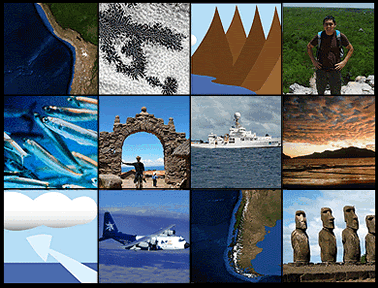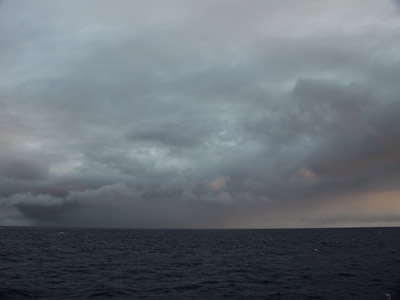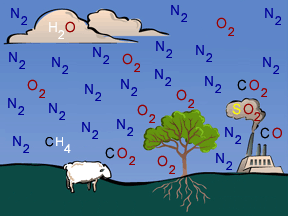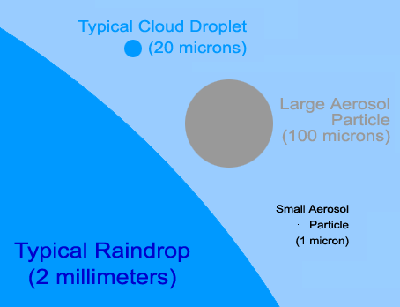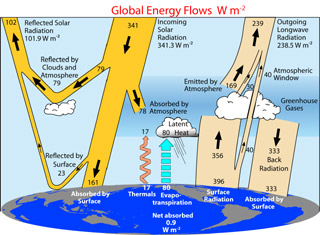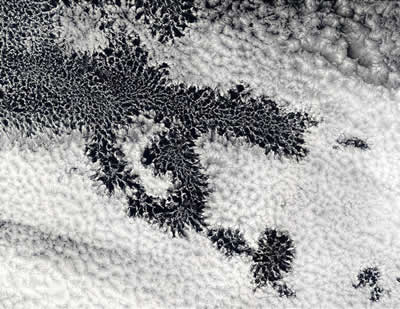Images courtesy of UCAR, U.S. Dept. of Energy, CIRPAS, NERC, and BAE Systems.
Research Aircraft Used in the VOCALS Campaign
The VOCALS field campaign employs several aircraft as platforms for instruments used to measure important aspects of the atmosphere in the Southeast Pacific. These research aircraft have special inlet ports that bring air from the outside into the plane so scientists can sample it and make measurements.
The U.S.A.'s National Science Foundation (NSF) owns a C-130 airplane which is operated by the National Center for Atmospheric Research (NCAR). The C-130 helps scientists investigate atmospheric chemistry, including aerosols, in the VOCALS study region. Instruments on the C-130 also take measurements that are relevant to the study of cloud microphysics and atmospheric turbulence. The aircraft carries radar and LIDAR that are used for remote sensing.
The Atmospheric Sciences Program (ASP) of the US Department of Energy (DoE) has a Gulfstream 159 airplane involved in VOCALS. Called the G-1 for short, this plane also takes measurements in support of studies of atmospheric chemistry and aerosols, cloud microphysics, and turbulence.
The Center for Interdisciplinary Remotely-Piloted Aircraft Studies (CIRPAS) is a research center at the US Naval Postgraduate School in Monterey, California. The CIRPAS Twin Otter airplane uses radar to collect data via remote sensing. The Twin Otter also gathers data on cloud microphysics and turbulence as part of VOCALS.
The Natural Environment Research Council (NERC) in the United Kingdom, in collaboration with a research center in Germany, also operates an airplane involved in VOCALS. The NERC Dornier 228, nicknamed "D-CALM," is used for remote sensing and cloud imaging work.
Finally, a second aircraft from the United Kingdom is part of the VOCALS research "air force." Operated by the UK's Facility for Airborne Atmospheric Measurements (FAAM), the BAE-146 jet measures quantities relevant to the study of cloud microphysics and aerosols. It also carries instruments that help with studies of Earth's radiation budget.






